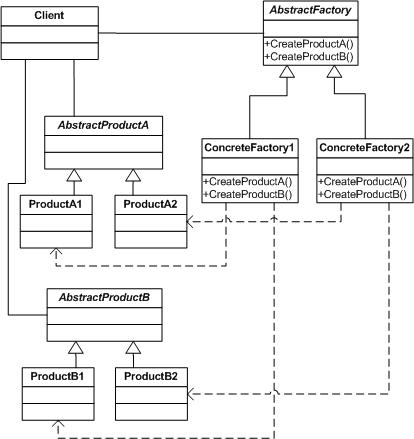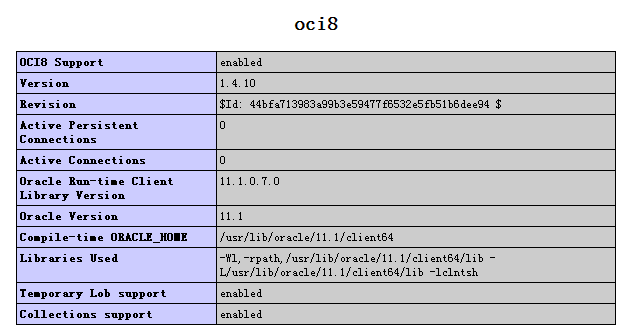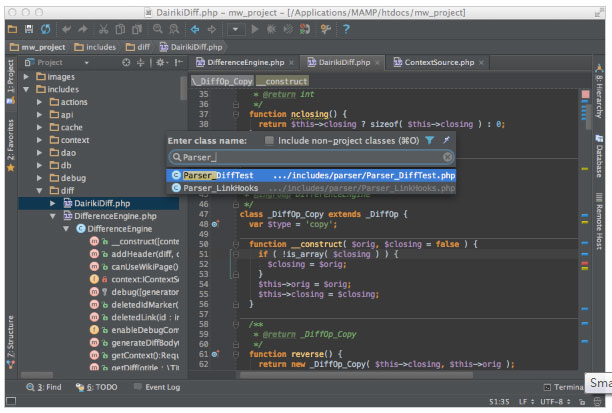|
|
如果你有很大的一個(gè)數(shù)組,而所要完成的僅是找出一個(gè)存在的給定值,你可以使用in_array()以返回true 或 false。如下代碼將輸出“Not found in this array”――因?yàn)槟銓⒃?namesArray中尋找一個(gè)并不存在的“Alber ”。
<? $namesArray = array("Joe", "Jane", "Bob", "Mary", "Paul", "Eddie", "John");
$lookingFor = "Albert";
if (in_array($lookingFor, $namesArray)) {
echo "You've found it!";
} else {
echo "Not found in this array!";
}
?>
如果你改變了$lookingFor的值,將其變?yōu)椤癕ary”,你將得到消息“You've found it!”――因?yàn)椤癕ary”是$namesArray的一部分。
如果希望對(duì)數(shù)組元素計(jì)數(shù),你可以使用count()函數(shù):
<? $namesArray = array("Joe", "Jane", "Bob", "Mary", "Paul", "Eddie", "John");
$count = count($namesArray); ?>
$count值將為7。
你可以對(duì)任何數(shù)組添加元素,無(wú)論是在已存在數(shù)組的開(kāi)始或末尾。你也可以使用函數(shù)以創(chuàng)建一個(gè)包含兩個(gè)或多個(gè)數(shù)組元素的新數(shù)組。合并時(shí)每個(gè)數(shù)組將按需要的順序排列。如果你的數(shù)組已經(jīng)有內(nèi)部的排序,你需要對(duì)新的合并數(shù)組重排序。
讓我們從對(duì)已存在數(shù)組的末尾增添元素開(kāi)始,使用函數(shù)array_push():
<? /* 創(chuàng)建原始數(shù)組 */
$fruitArray = array("apple", "orange", "banana", "kiwi", "pear");
/* 加入到原始數(shù)組中 */
array_push($fruitArray, "grape", "pineapple", "tomato");
/* 通過(guò)其鍵值列出每個(gè)元素*/
while (list($key,$value) = each($fruitArray)) {
echo "$key : $value<br>";
}
?>
這將顯示:
0 : apple
1 : orange
2 : banana
3 : kiwi
4 : pear
5 : grape
6 : pineapple
7 : tomato
當(dāng)你需要對(duì)數(shù)組開(kāi)頭添加元素時(shí),代碼非常類似。不同處只是函數(shù)名:array_unshift() 而不是array_push()。
<? /* 創(chuàng)建原始數(shù)組 */
$fruitArray = array("apple", "orange", "banana", "kiwi", "pear");
/* 加入到原始數(shù)組中 */
array_unshift($fruitArray, "grape", "pineapple", "tomato");
/* 通過(guò)其鍵值列出每個(gè)元素*/
while (list($key,$value) = each($fruitArray)) {
echo "$key : $value<br>";
}
?>
這將顯示:
0 : grape
1 : pineapple
2 : tomato
3 : apple
4 : orange
5 : banana
6 : kiwi
7 : pear
函數(shù)array_merge()合并兩個(gè)或更多的數(shù)組。
<? /* 創(chuàng)建原始數(shù)組 */
$fruitArray = array("apple", "orange", "banana", "kiwi", "pear");
<? /* 創(chuàng)建第二個(gè)數(shù)組 */
$vegArray = array("carrot", "green beans", "ASParagus", "artichoke", "corn");
/* 合并為一個(gè)數(shù)組 */
$goodfoodArray = array_merge($fruitArray, $vegArray);
/* 通過(guò)其鍵值列出每個(gè)元素*/
while (list($key,$value) = each($goodfoodArray)) {
echo "$key : $value<br>";
}
?>
這將顯示:
0 : apple
1 : orange
2 : banana
3 : kiwi
4 : pear
5 : carrot
6 : green beans
7 : ASParagus
8 : artichoke
9 : corn
現(xiàn)在已經(jīng)對(duì)數(shù)組進(jìn)行了增加元素和合并,現(xiàn)在來(lái)練習(xí)刪除元素函數(shù)。你可以使用函數(shù)array_pop()從一數(shù)組末尾刪除一個(gè)元素。如果使用函數(shù) array_shift(),則從一數(shù)組開(kāi)頭刪除一個(gè)元素。而實(shí)際上當(dāng)你從數(shù)組刪除元素時(shí),此元素對(duì)你而言仍然可用――當(dāng)你從已存在的數(shù)組中對(duì)元素進(jìn)行 pop 或 shift時(shí)。
使用array_pop()函數(shù)從數(shù)組末尾刪除一個(gè)值:
<?
/* 創(chuàng)建一數(shù)組*/
$fruitArray = array("apple", "orange", "banana", "kiwi", "pear");
/* 在末尾彈出某值 */
$popped = array_pop($fruitArray);
/* 列出新數(shù)組內(nèi)容,以及彈出的值*/
while (list($key,$value) = each($fruitArray)) {
echo "$key : $value<br>";
}
echo "<br>and finally, in $popped: $popped";
?>
這將顯示:
0 : apple
1 : orange
2 : banana
3 : kiwi
and finally, in $popped: pear
Next, delete an element from the end of an array: ???????????
下面,從數(shù)組末尾刪除某值:
<?
/* 創(chuàng)建一數(shù)組*/
$fruitArray = array("apple", "orange", "banana", "kiwi", "pear");
/* 從數(shù)組頭部移出某值 */
$shifted = array_shift($fruitArray);
/* 列出新數(shù)組的內(nèi)容以及移出的值*/
while (list($key,$value) = each($fruitArray)) {
echo "$key : $value<br>";
}
echo "<br>and finally, in $shifted: $shifted";
?>
這將顯示:
0 : orange
1 : banana
2 : kiwi
3 : pear
and finally, in $shifted: apple
有很多函數(shù)可以幫助你對(duì)數(shù)組元素排序。但我將會(huì)演示基本的排序以幫助你了解其過(guò)程:
<? /* 創(chuàng)建原始數(shù)組 */
$fruitArray = array("apple", "orange", "banana", "kiwi", "pear");
/* 排序 */
sort($fruitArray);
/* 對(duì)其重設(shè)以正確從頭到尾顯示數(shù)組 */
/* 通過(guò)其鍵值列出每個(gè)元素*/
while (list($key,$value) = each($fruitArray)) {
echo "$key : $value<br>";
}
?>
這將顯示:
0 : apple
1 : banana
2 : kiwi
3 : orange
4 : pear
php技術(shù):PHP 數(shù)組實(shí)例說(shuō)明,轉(zhuǎn)載需保留來(lái)源!
鄭重聲明:本文版權(quán)歸原作者所有,轉(zhuǎn)載文章僅為傳播更多信息之目的,如作者信息標(biāo)記有誤,請(qǐng)第一時(shí)間聯(lián)系我們修改或刪除,多謝。



